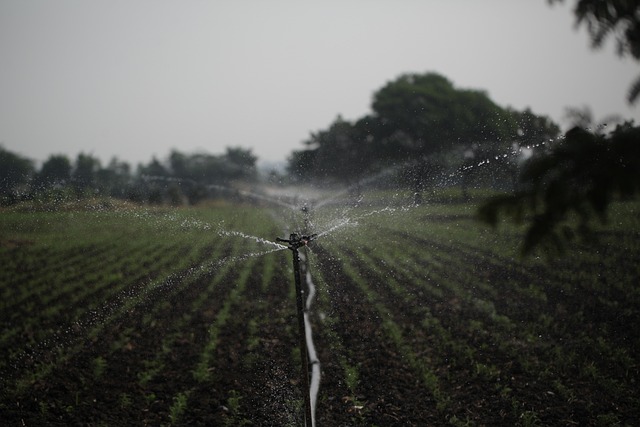Understanding Water Management in a Melting World
As we face the realities of climate change, the impacts of a warming planet are becoming all too vivid, especially when it comes to our precious water resources. Water management has transformed into a crucial conversation as melting glaciers and rising sea levels reshape the environments we once took for granted. The connection between our climate and water is intricate and profound, and it is imperative for us to navigate this relationship wisely.
The Fragile Balance of Water Ecosystems
The melting of polar ice caps and glaciers directly affects freshwater supplies, ecosystems, and biodiversity. With each degree that the earth warms, we risk destabilizing these vital sources of water. Ecosystems that rely on meltwater to sustain life experience shifts that can lead to droughts in some places, while others face increased flooding. Water management strategies must now adapt to these changing conditions, providing innovative solutions to ensure that we can still support both human and environmental needs.
Challenges in Water Distribution
Climate change brings with it unpredictable weather patterns. Regions that once enjoyed consistent rainfall may now be grappling with long drought periods, while others experience torrential downpours. This inconsistency creates challenges in water distribution. For cities prone to flooding, stormwater management becomes essential, while arid regions must implement practices like rainwater harvesting and efficient irrigation to conserve every drop. The emphasis on sustainable water management has never been more vital as we attempt to balance the needs of populations against the pressures of a changing climate.
Community Resilience Through Water Innovation
Across the globe, communities are stepping up to address the challenges posed by climate change through innovative water management techniques. From the implementation of green infrastructure to capture and filter rainwater, to investments in efficient irrigation systems for agriculture, local initiatives are making strides in resilience. These changes not only help to manage water resources but also contribute to the overall health of the environment, reinforcing the symbiotic connection between human activity and natural ecosystems.
The Role of Policy and Education
Effective water management cannot happen in isolation; it requires collaboration on governmental, organizational, and grassroots levels. Policies must evolve to support sustainable practices and encourage investments in modern infrastructure. Education plays a vital role as well, empowering individuals with the knowledge to advocate for and implement effective water management solutions in their own communities. As we continue to witness the effects of climate change, understanding the importance of water management becomes a collective responsibility that transcends geographic and socioeconomic boundaries.
In a world that is melting around us, the urgency to address water management cannot be overstated. It is not just about preserving our resources; it is about forging a sustainable future where both humanity and nature can thrive. The time to act is now, as we stand at the crossroads of environmental stewardship and the reality of a warming planet.



